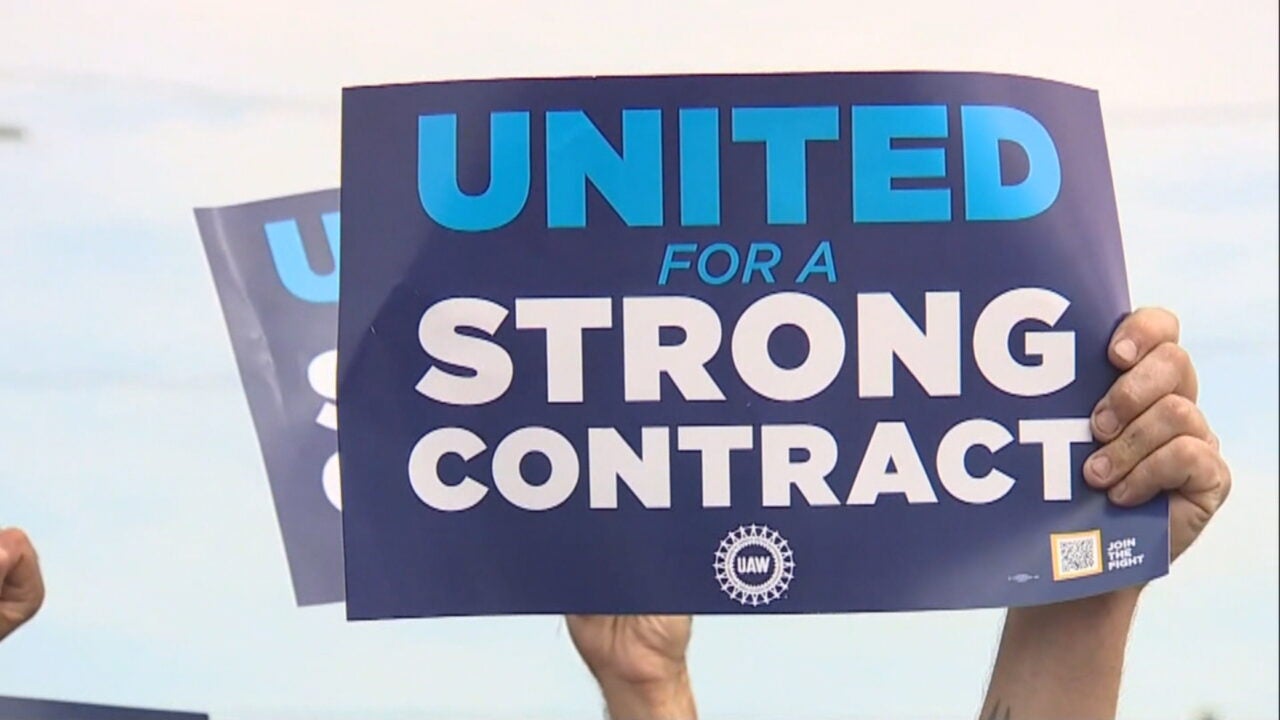Purdue professor talks UAW strike, Canadian labor action
INDIANAPOLIS (WISH) — The auto workers’ strike, led by the United Auto Workers against major carmakers General Motors, Ford, and Stellantis, has reached its fourth day. This strike is different because instead of focusing on one company, the UAW has chosen to strike at all three at once.
According to CNN, around 13,000 workers have joined this strike out of a potential 50,000, affecting vital plants for these carmakers. The union is fighting for better pay and benefits, the return of cost-of-living adjustments, the removal of tiered pay scales, and other “Members Demands.”
The union also says members made sacrifices during the pandemic without seeing significant wage increases.
Professor James B. Dworkin from Purdue University explains that these strikes happened because the contracts between the UAW and these car companies expired. While striking isn’t mandatory, the UAW decided to take this step to negotiate better terms.
“Collective bargaining contracts with Stellantis, Ford, and General Motors all expired. This union has decided that since the contract expired, they’re going to go on strike,” Dworkin said.
The strike is also inspired by recent successful strikes in other industries that show workers feel they have the power to demand better conditions. The length of the strike will depend on what the carmakers offer and what the union agrees to.
In Canada, Unifor, the union representing autoworkers, is also getting ready to strike against Ford due to negotiation challenges.
The auto industry and its workers are facing uncertainty as they wait to see how these negotiations unfold.
